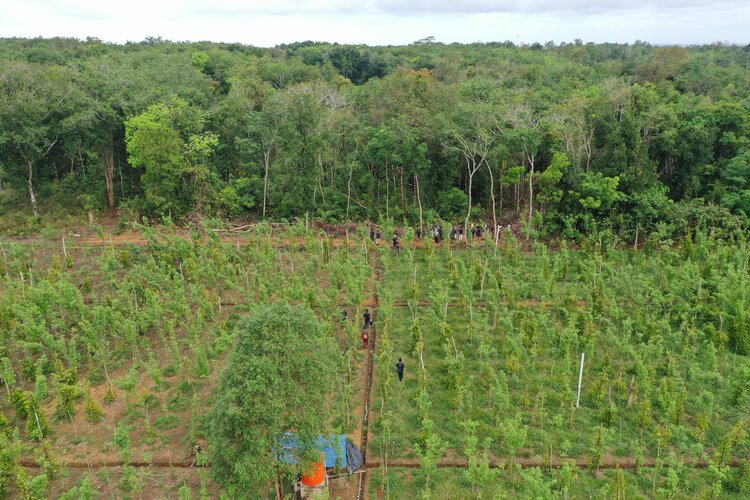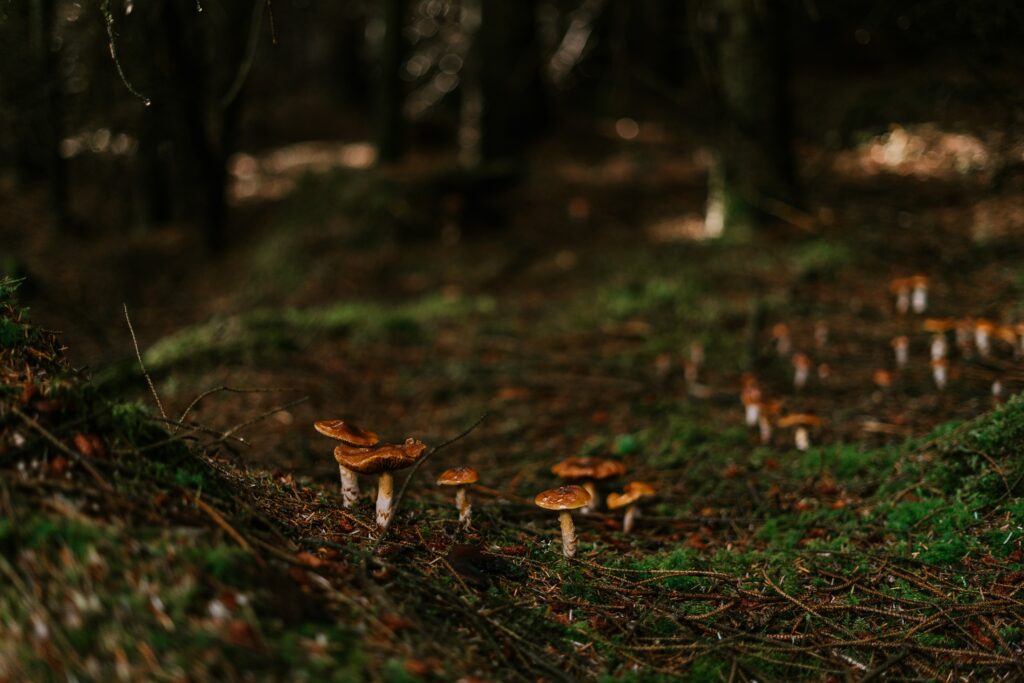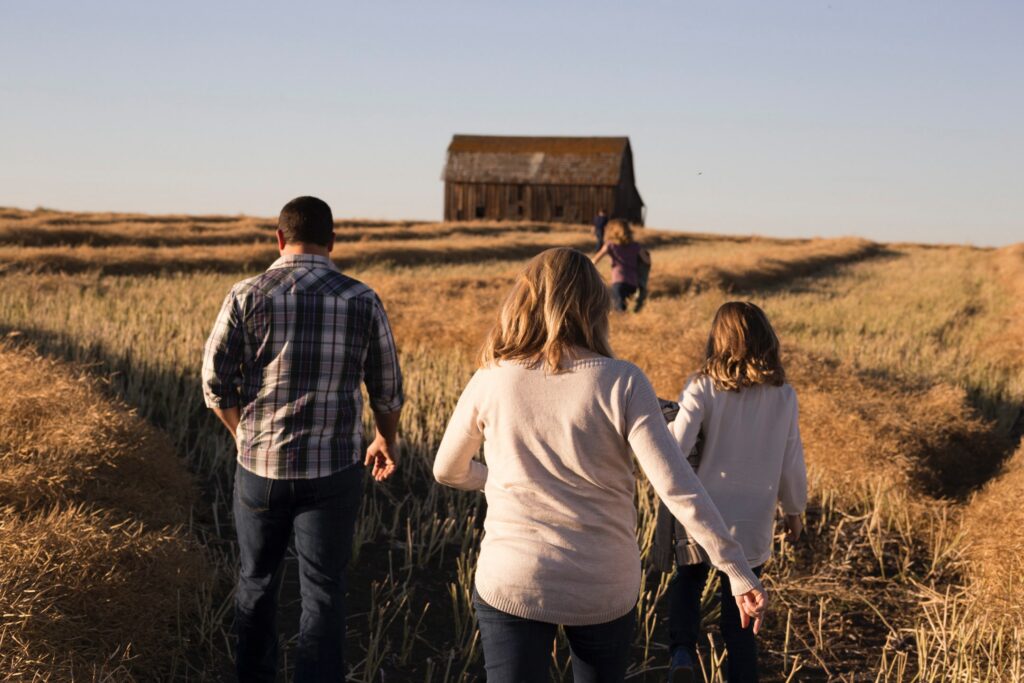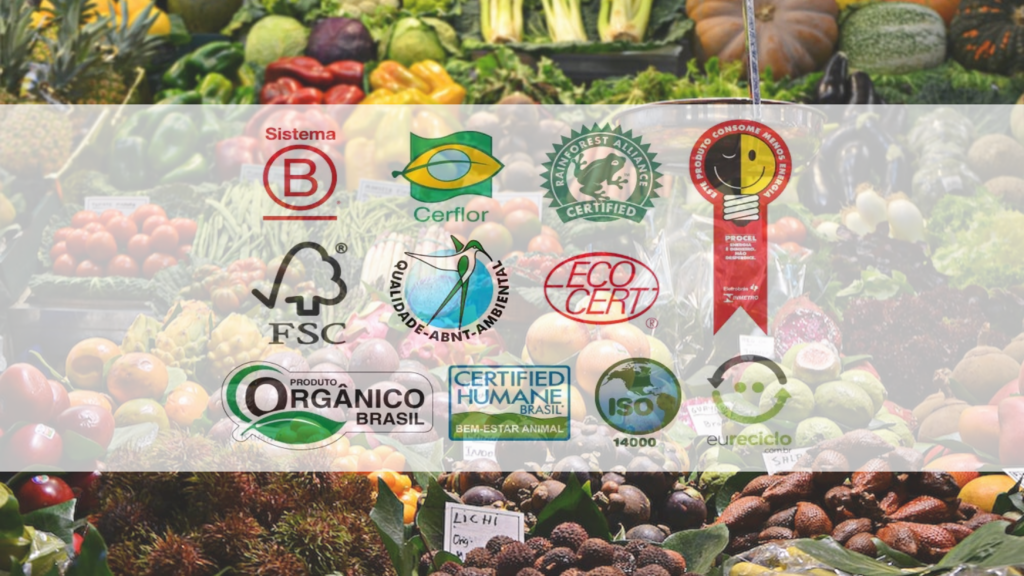Brazil stands out in the world agricultural production, either by land extension or by export volume. According to recent data from the Ministry of Agriculture, Livestock and Supply, more than R$ 600 billion (gross production value) were produced in the 2019 harvest, with R$ 394.76 billion referring to agriculture and R$ 207.15 billion referring to livestock. Of this amount, between 50 and 70% were produced by family farming. These figures are headed by Mato Grosso, São Paulo, Paraná, Minas Gerais and Rio Grande do Sul. However, the environmental impacts caused by the sector are also well known and criticized by society and the international media, which labels agro as the main responsible for climate change, loss of soil fertility and forests.
This general thought is catalyzed by the moment in which the planet finds itself, housing the largest number of inhabitants ever seen, with a growing demand for natural resources, growing carbon emissions and in the maximum expression (until now) of the consequences, still incipient, of the climate changes. This scenario, although problematic, helps us remember that, as farmers, we must think of the soil as the greatest productive asset we have, further highlighting the importance of converting our agriculture to production models that mitigate these impacts and demonstrate that production of food can be made in harmony with regenerative practices; that is, in addition to conservation, we must think about optimizing land use.
“We can produce food and regenerate ecosystems without separating conservation from agricultural production. This solution is called agroforestry.”
Healthy, fertile soil will produce healthy plants with high nutrient density and high resistance to pests and diseases. Fortunately, the opportunities that scientific advances and the holistic understanding of the landscape bring us make it possible to balance ecology and agriculture, maximizing the productive possibilities of the planet.
In other words, mimicking the logic of forests, we can produce food and regenerate ecosystems without separating conservation from agricultural production. This solution is called agroforestry.

Agroforests are ancient anthropogenic systems that emerged in the early days of agriculture., more than 13 thousand years ago in the Fertile Crescent – region located between the Tigris and Euphrates rivers – and applied, even today, in an empirical and almost instinctive way by several native peoples and small rural producers around the world.
Agroforestry systems build three-dimensional productive fields, replicating the dynamics and natural dispositions, in time and space, using the logic of stratification and succession. That is, considering the possibilities of production in strata (stories), maximizing the productive area, the photosynthetic rate, the conservation of soil fertility, water retention, the reduction of the use of chemical inputs and, consequently, the production. Quite simply, it means bringing trees into production systems or bringing agriculture into forests.
When we produce in line with the logic that nature has developed for millions of years, we use all that intelligence to our advantage., and we started to leave behind an agriculture of heavy inputs, in which the soil is seen only as a support substrate, all the nutritional demands of the plants are supplied by chemical fertilizers and all control is done by pesticides.
In agroforestry, inputs give way to production and management processes and monoculture makes room for polyculture and biodiversity. What makes regenerative systems more profitable is the increase in diversity and intercropping with perennial plants, drastically reducing intensive soil management and the use of chemical inputs.
“Farmers of all scales can adopt agroforestry systems, at least on a portion of their properties, often making use of their legal reserves”
With simple changes in management practices and the substitution of some inputs, gradually, farmers of all scales can adopt agroforestry systems, at least on a portion of their properties, often making use of their legal reserves (RL).
There are countless examples, in Brazil and in the world, of profitable and operationally possible agroforestry systems, even on a large scale. Production increase is around 60% and, in addition, the greater diversity of products associated with the price premium for quality and added value promote gains much greater than the organic market.
If there are so many challenges associated with climate and socio-biodiversity, and if agroforestry promotes ecosystem balance, climate, economic and food resilience, why isn't it a massively applied system in agriculture yet?
As old as agroforestry may seem, it was only in the last decade that the systematization of management practices and the economic modeling of regenerative systems began to take shape and gain supporters on a large scale. And only from the systematization of designs, agroforestry systems became replicable, being able to be implanted in any biome and for any culture, from grains to livestock.
“We are approaching and witnessing the birth of the change in the current productive system, because agroforestry can promote a higher rate of carbon fixation that the very preservation of the forest”
The real macro constraint for the adoption of more biodiverse and regenerative systems is the change in thinking. We are witnessing the beginning of the transformation of production systems on the planet. The pressure of the exponential changes that the world faces today are also potentiators of this change of thinking. Consumer market awareness also drives and accelerates regenerative business.
Even though we have a long way to go and a technical framework to be developed, there is no doubt that farmers, technicians and investors who invest today in agroforestry will be much better prepared for a competitive market, which is becoming more robust and real every day. In a few years, professionals trained in complex agroforestry systems will be in a position of considerable advantage in the market, leading the way in understanding the productive mechanisms of a new, resilient and profitable agriculture.
We are not just talking about a shift towards a more regenerative agriculture: we are approaching and witnessing the birth of a change in the current production system, as agroforestry can promote a higher rate of carbon fixation than the preservation of the forest itself. That is, in some cases, agriculture done in this way can be better for the environment than the untouched forest itself.
The creation of sustainable and regenerative agriculture and livestock, in its different scopes, is a global need and a market opportunity for the Brazilian farmer and rancher. Biodiverse and complex productive arrangements, including trees in the landscape, such as agroforestry systems, present themselves not only as another alternative, but as the solution that holds the real potential to transform Brazilian agribusiness into a sector that, in addition to financially viable, provides positive environmental impacts for society and the planet. Let's be more than the world's productive breadbasket: let's be the solution!
Author: Everton
Source: Rural Globe




 agroforestry taken seriously
agroforestry taken seriously 